Nest Compressor Lockout: What is It? How It Works?
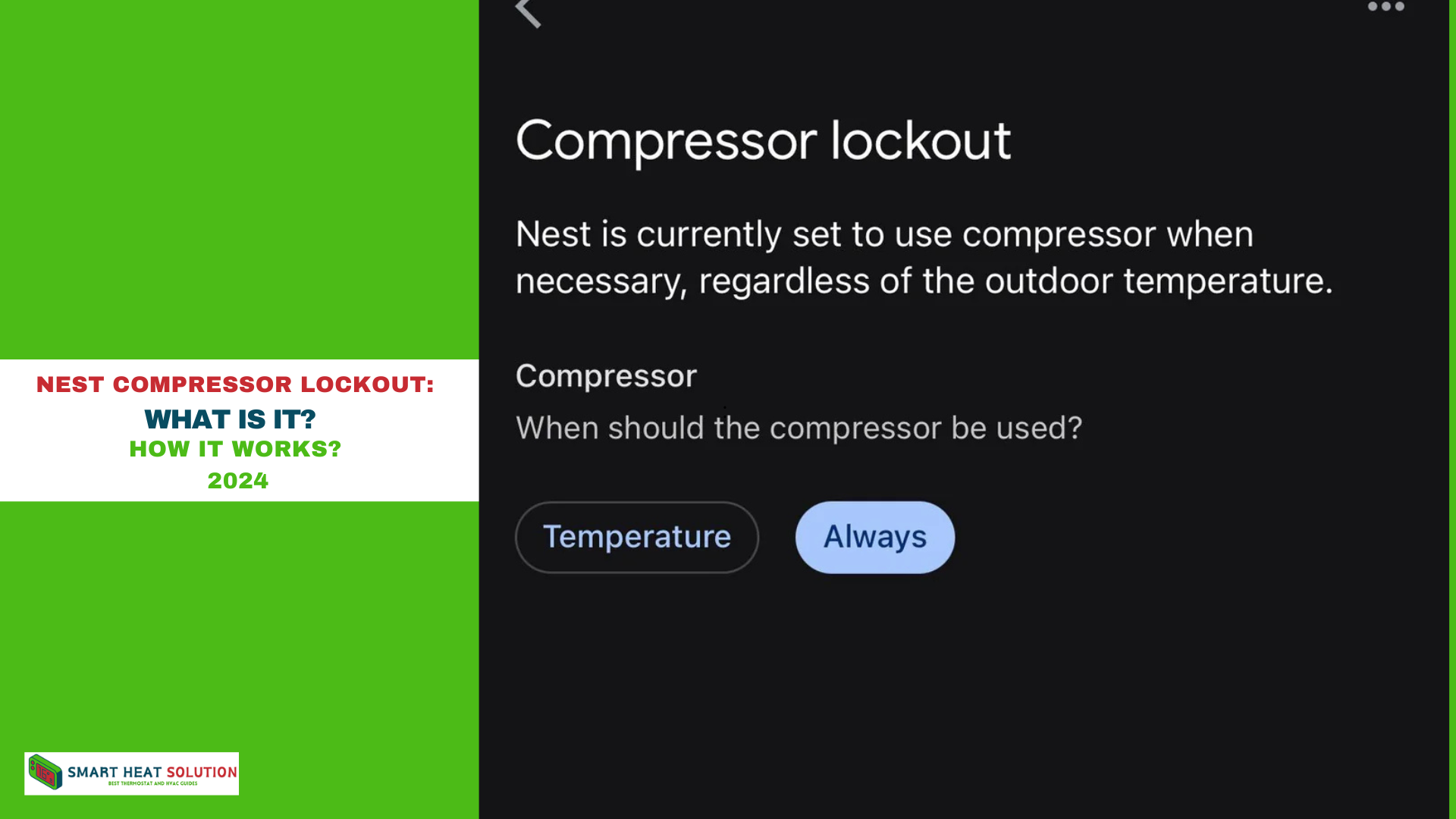
In the world of smart thermostats, the Nest Compressor Lockout is a crucial feature designed to reduce energy usage and optimize HVAC performance, particularly in colder climates.
While traditional thermostats operate solely based on temperature set points, the Nest compressor lockout leverages intelligent algorithms to enhance the efficiency of heat pumps and air conditioning systems.
This guide explores what the Nest Compressor Lockout is, its benefits, how it functions, and how to make the most of it for energy savings.
What Is Nest Compressor Lockout?
Nest Compressor Lockout is a smart thermostat setting that prevents the compressor from running under certain outdoor temperature conditions. It’s primarily used with heat pump systems to avoid unnecessary compressor usage when heating can be effectively managed with the backup heating system alone. By locking out the compressor at a preset outdoor temperature, the system conserves energy and reduces wear on the compressor.
Key Features of Compressor Lockout
- Temperature-based activation: Activates based on outdoor temperature conditions.
- Energy efficiency: Reduces compressor usage during low outdoor temperatures.
- Enhanced HVAC lifespan: Minimizes unnecessary wear on HVAC components.
- Integrated with smart thermostat: Uses Nest’s algorithms to optimize performance.
How Does Compressor Lockout Work?
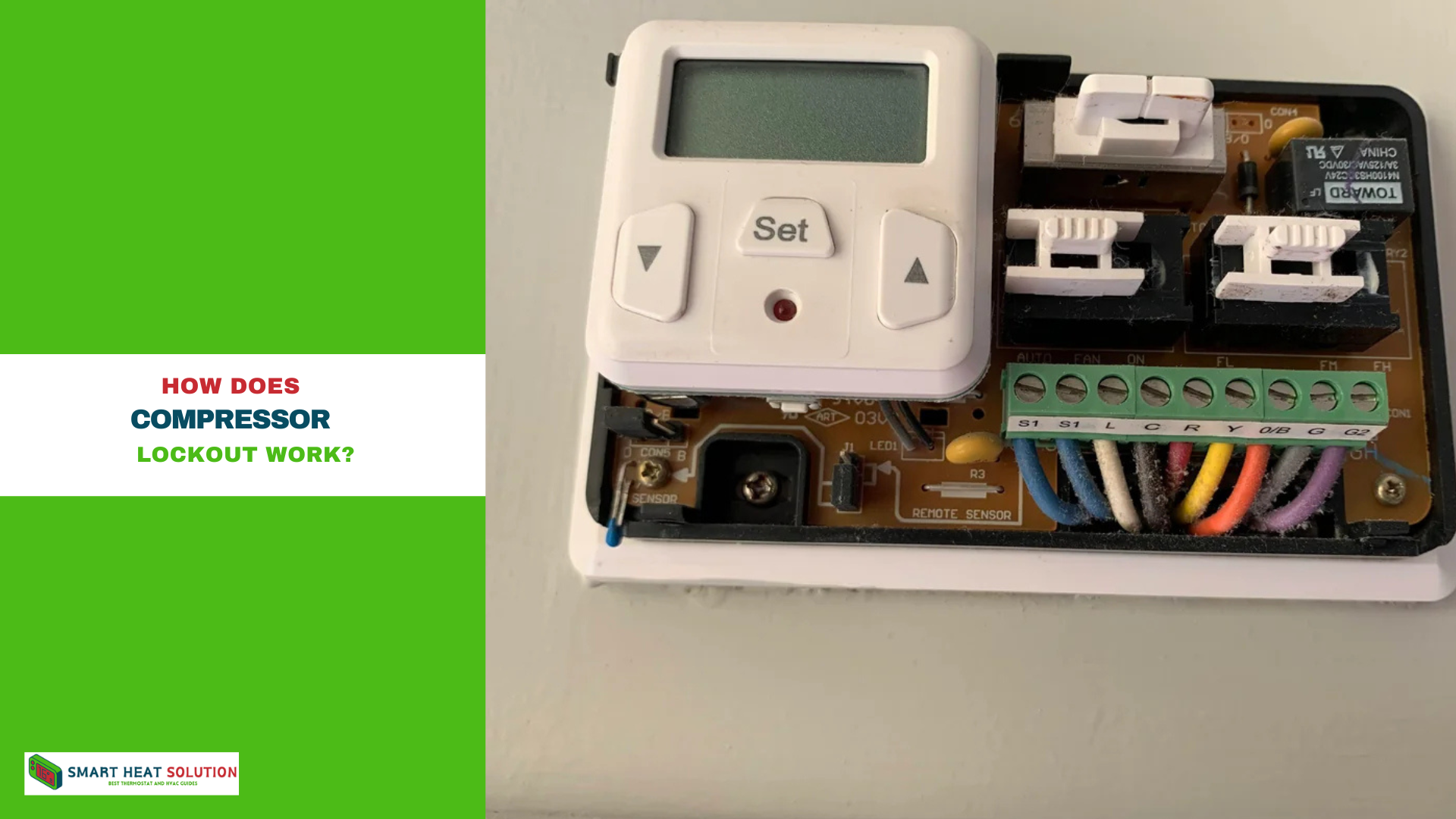
The Nest thermostat measures both indoor and outdoor temperatures. If the outdoor temperature drops below the set threshold, the compressor lockout is activated, shifting the heating load to the auxiliary or emergency heat source instead of the compressor. This function is particularly useful in colder temperatures where the heat pump’s efficiency diminishes.
Benefits of Nest Compressor Lockout
1. Improved Energy Efficiency
By limiting compressor usage in lower temperatures, compressor lockout prevents unnecessary energy drain, which can result in significant savings on monthly heating bills.
2. Extended HVAC System Lifespan
Frequent compressor operation in extreme cold can lead to quicker wear. Compressor lockout helps to extend the life of the HVAC system by reducing strain on the compressor, especially in winter months.
3. Enhanced Comfort and Stability
Locking out the compressor during extreme cold prevents the system from struggling to maintain indoor temperatures, resulting in a more stable and comfortable indoor environment.
How to Enable Nest Compressor Lockout
- Access the Nest Thermostat Settings: Go to the main menu on your Nest thermostat.
- Select the Heat Pump Balance Option: This option allows you to set the balance between comfort and efficiency.
- Adjust Temperature Thresholds: Define the outdoor temperature below which the compressor lockout will activate. Consider setting a threshold that aligns with your local climate.
Recommended Temperature Settings
The ideal lockout temperature varies depending on regional climate, but typical settings range between 35°F and 40°F. If you live in a colder area, set the lockout temperature higher to ensure efficient performance and energy savings.
| Climate | Recommended Lockout Temperature |
|---|---|
| Mild Winter | 32°F |
| Moderate Winter | 35°F |
| Severe Winter | 40°F |
When to Use Compressor Lockout: Seasonal and Climate Considerations
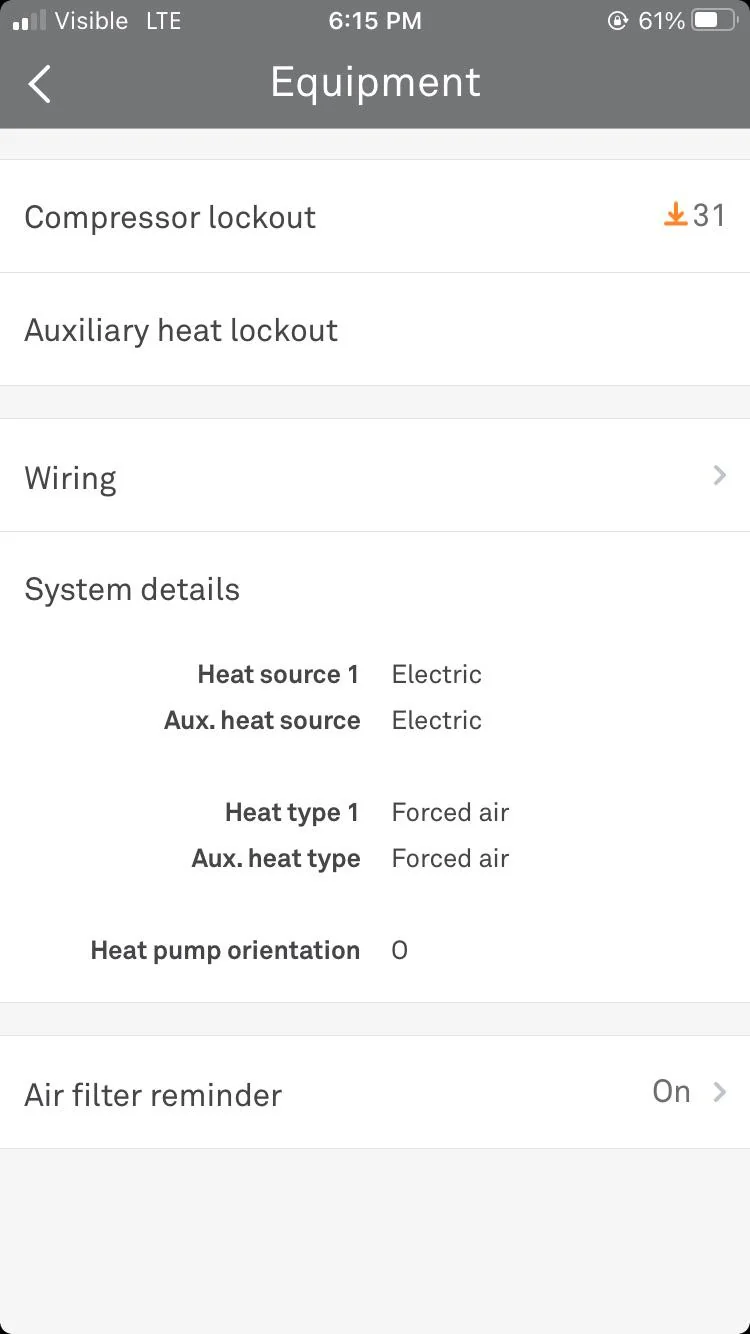
Understanding the optimal times for compressor lockout activation can maximize its energy-saving benefits. During winter, especially in areas with low temperatures, compressor lockout proves most valuable.
- Winter: Essential for homes in colder climates.
- Summer: Can be set lower to avoid excessive cooling, though less commonly used.
Compressor Lockout vs. Dual Fuel System
While compressor lockout is often employed with heat pumps, dual fuel systems pair a heat pump with a furnace, automatically switching to the furnace as a backup heat source. The lockout feature optimizes this switch, preventing the compressor from running when the furnace is more energy-efficient at lower temperatures.
Troubleshooting Common Issues with Nest Compressor Lockout
Occasionally, users may experience issues related to incorrect lockout settings or malfunctioning sensors. Below are some common troubleshooting steps:
- Verify Outdoor Temperature Settings: Ensure the lockout threshold is correctly configured for your region.
- Check for Software Updates: Nest regularly releases updates that may improve compressor lockout functionality.
- Calibrate Outdoor Sensor: Faulty outdoor temperature readings can interfere with lockout activation.
Common Error Codes Associated with Compressor Lockout
| Error Code | Meaning | Solution |
|---|---|---|
| E294 | Heat pump locked out due to low temperature | Adjust lockout temperature |
| E297 | Outdoor sensor malfunction | Check sensor connections |
| E302 | Backup heat source activation error | Contact HVAC technician |
Frequently Asked Questions
What is the purpose of compressor lockout?
Compressor lockout reduces energy usage by disabling the compressor at low outdoor temperatures, shifting to the backup heat source instead.
How do I know if my Nest compressor lockout is working?
When compressor lockout is activated, the Nest app should indicate the system is running on auxiliary heat only.
Can I adjust the compressor lockout temperature?
Yes, within the settings, you can customize the temperature threshold for lockout to best match your climate.
Does compressor lockout work with all HVAC systems?
Compressor lockout is specifically designed for systems using a heat pump, as it requires a backup heating source to function effectively.
Conclusion
The Nest Compressor Lockout is an essential feature for homeowners seeking to improve energy efficiency and extend their HVAC system’s life. By understanding how to set and utilize this feature, users can significantly reduce heating costs while ensuring consistent indoor comfort. For optimal results, tailor the lockout temperature to your region and consider seasonal adjustments to maximize energy savings.

I’m Alan William’s, the founder of SmartHeatSolution.com. I am from California, USA, I’m passionate about innovative heating technologies and their impact on our homes and businesses. With a background in electrican and home repair , I aim to make smart, energy-efficient heating accessible to everyone. When I’m not writing, I’m likely interested in all the thermostat brands and their new technnology. Thanks for stopping by!


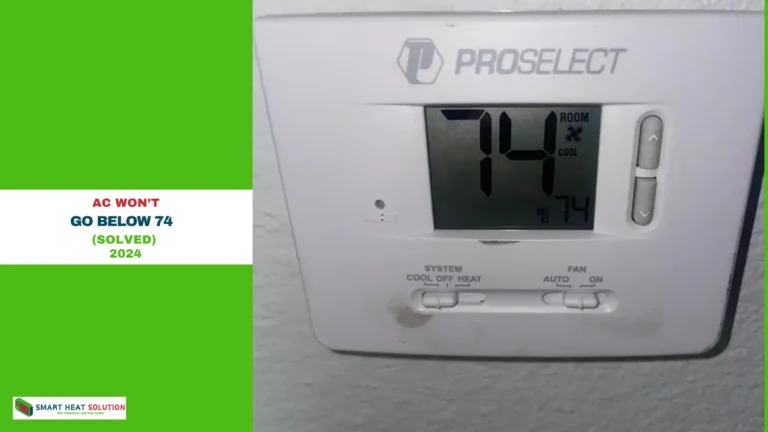
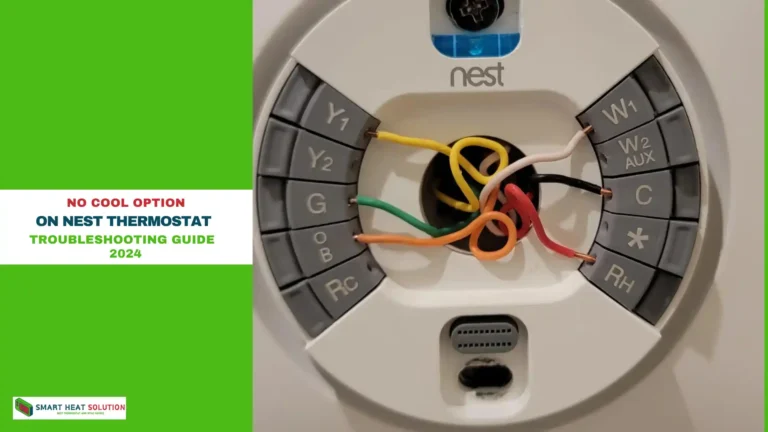


![Honeywell Thermostat Keeps Rebooting: Troubleshooting Guide 18 Honeywell Thermostat Keeps Rebooting Troubleshooting Guide[Fixed]:](https://smartheatsolution.com/wp-content/uploads/2024/10/tinywow_Business-6_66007210-768x432.webp)